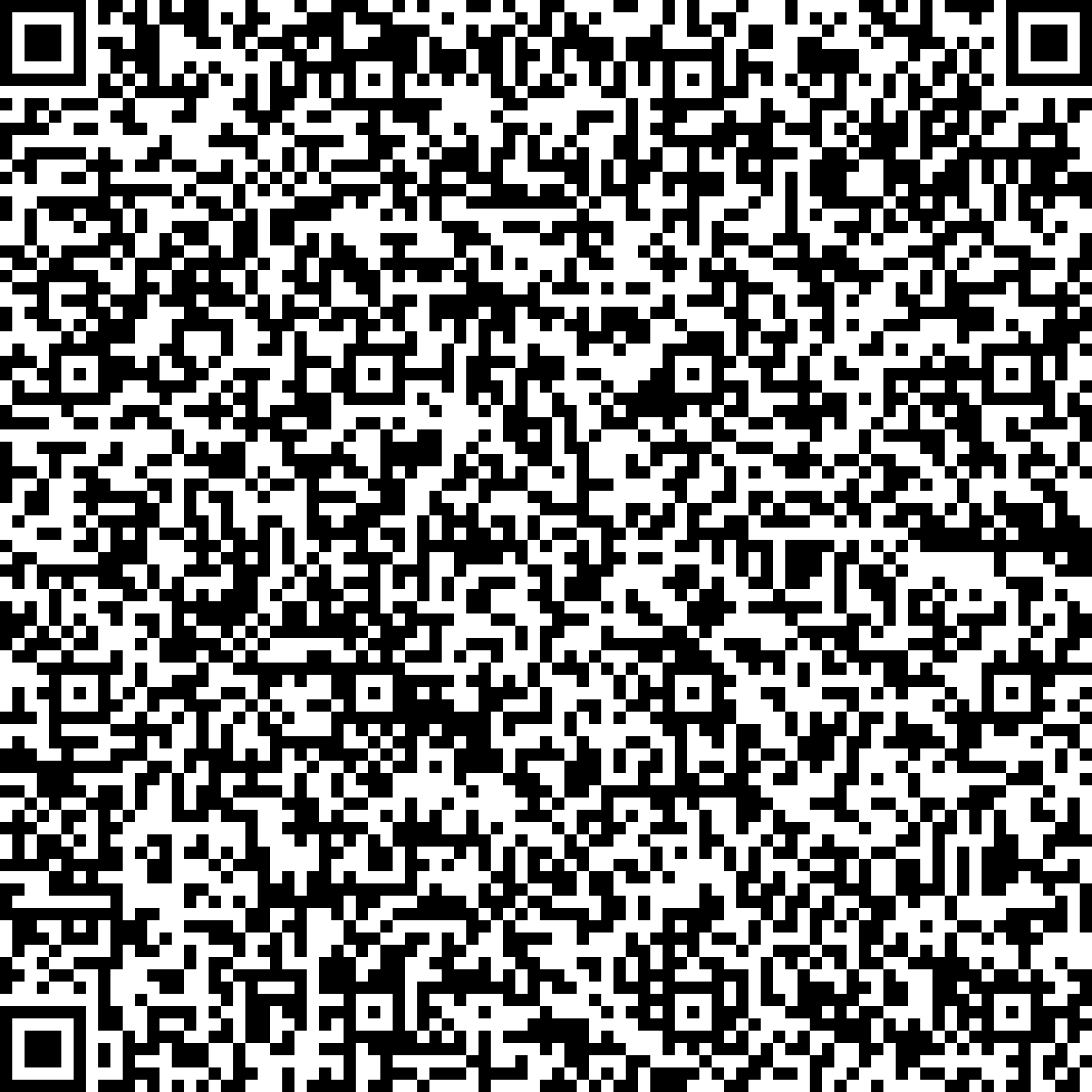


Ferroelectric materials are nowadays widely used in nonlinear optics, electronics, and as precise actor devices. All these applications rely on their special atomic structure, which allows the existence of remnant electric polarizations that are uniformly distributed within so-called ferroelectric domains. Just emerging are applications of ferroelectrics that exploit special properties of the domain walls (DWs), i.e. the transition regions between domains of different polarization. Since these DWs can be as sharp as one unit cell, they are of great interest for nanotechnology. Within this talk, I will address two of these approaches, namely (1) Ferroelectric Lithography on LiNbO3 (lithium niobate) substrates and (2) UV-induced domain wall conductivity in the same material. Ferroelectric Lithography is a method for the precise assembly of nanostructures on a ferroelectric substrate according to the pre-structured domain pattern by means of photochemistry or electrostatic attraction. In the case of LiNbO3, the photochemical reactivity is highly confined to the DWs, which allows to deposit functional nanowires of various compositions over large substrate areas [1]. Moreover, the DWs themselves can act as nm-wide conductive channels through the insulating substrate bulk when illuminated with UV light [2]. This coincidence of photoinduced conductivity and photochemical reactivity holds great prospects for the integration of nano-components into functional macroscopic systems.
[1] A. Haussmann, P. Milde, C. Erler, and L. M. Eng, Nano Lett. 9, 763-768 (2009).
[2] M. Schr\F6der, A. Hau\DFmann, A. Thiessen, E. Soergel, Th. Woike, and L. M. Eng, Adv. Funct. Mat. (published online 31 May 2012, DOI 10.1002/adfm.201201174)



Ferroelectric materials are nowadays widely used in nonlinear optics, electronics, and as precise actor devices. All these applications rely on their special atomic structure, which allows the existence of remnant electric polarizations that are uniformly distributed within so-called ferroelectric domains. Just emerging are applications of ferroelectrics that exploit special properties of the domain walls (DWs), i.e. the transition regions between domains of different polarization. Since these DWs can be as sharp as one unit cell, they are of great interest for nanotechnology. Within this talk, I will address two of these approaches, namely (1) Ferroelectric Lithography on LiNbO3 (lithium niobate) substrates and (2) UV-induced domain wall conductivity in the same material. Ferroelectric Lithography is a method for the precise assembly of nanostructures on a ferroelectric substrate according to the pre-structured domain pattern by means of photochemistry or electrostatic attraction. In the case of LiNbO3, the photochemical reactivity is highly confined to the DWs, which allows to deposit functional nanowires of various compositions over large substrate areas [1]. Moreover, the DWs themselves can act as nm-wide conductive channels through the insulating substrate bulk when illuminated with UV light [2]. This coincidence of photoinduced conductivity and photochemical reactivity holds great prospects for the integration of nano-components into functional macroscopic systems.
[1] A. Haussmann, P. Milde, C. Erler, and L. M. Eng, Nano Lett. 9, 763-768 (2009).
[2] M. Schr\F6der, A. Hau\DFmann, A. Thiessen, E. Soergel, Th. Woike, and L. M. Eng, Adv. Funct. Mat. (published online 31 May 2012, DOI 10.1002/adfm.201201174)